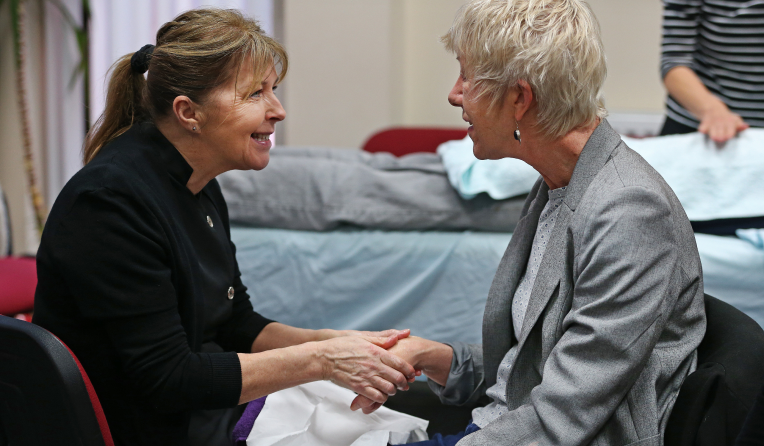What is Sturge-Weber syndrome?
Sturge-Weber syndrome (SWS) is a rare neurological condition affecting the skin and nervous system. Babies with Sturge-Weber syndrome are often born with a birthmark on their face known as a port-wine stain, caused by enlarged blood vessels under the skin.
What causes Sturge-Weber syndrome?
Sturge Weber syndrome is caused by a somatic mutation in the GNAQ gene. Somatic mutation is an alteration in the DNA after conception. This mutation occurs randomly (sporadically) for no known reason. It isn’t hereditary. People with SWS also have clusters of abnormal blood vessels between the layers of tissue that cover the brain and spine, known as leptomeningeal angiomas.
What are the symptoms of Sturge-Weber syndrome?
The symptoms of Sturge Weber syndrome include:
- A port wine stain, most commonly on the face
- Seizures, which can be difficult to control
- Headache
- Paralysis or muscle weakness on one side
- Developmental and learning disabilities
- Glaucoma (high fluid pressure in the eye)
- Low thyroid (hypothyroidism)
Testing for SWS can be easy, as usually doctors diagnose based off visual characteristics, ie. port-wine birthmark or glaucoma, a detailed client history and specific testing.
Treatment can be varied for each patient, depending on the severity of each symptom. Laser treatment can be applied to remove or lighten the port-wine birthmark.
Seizures can be treated with anti-seizure medication, but may be difficult to control. Thanks to medical advances in scans and surgery, more children are now able to benefit from neurosurgery to help reduce, and in some cases, stop seizures. This can include hemispherectomy surgery to disconnect or remove the part of the brain causing the seizures.


















